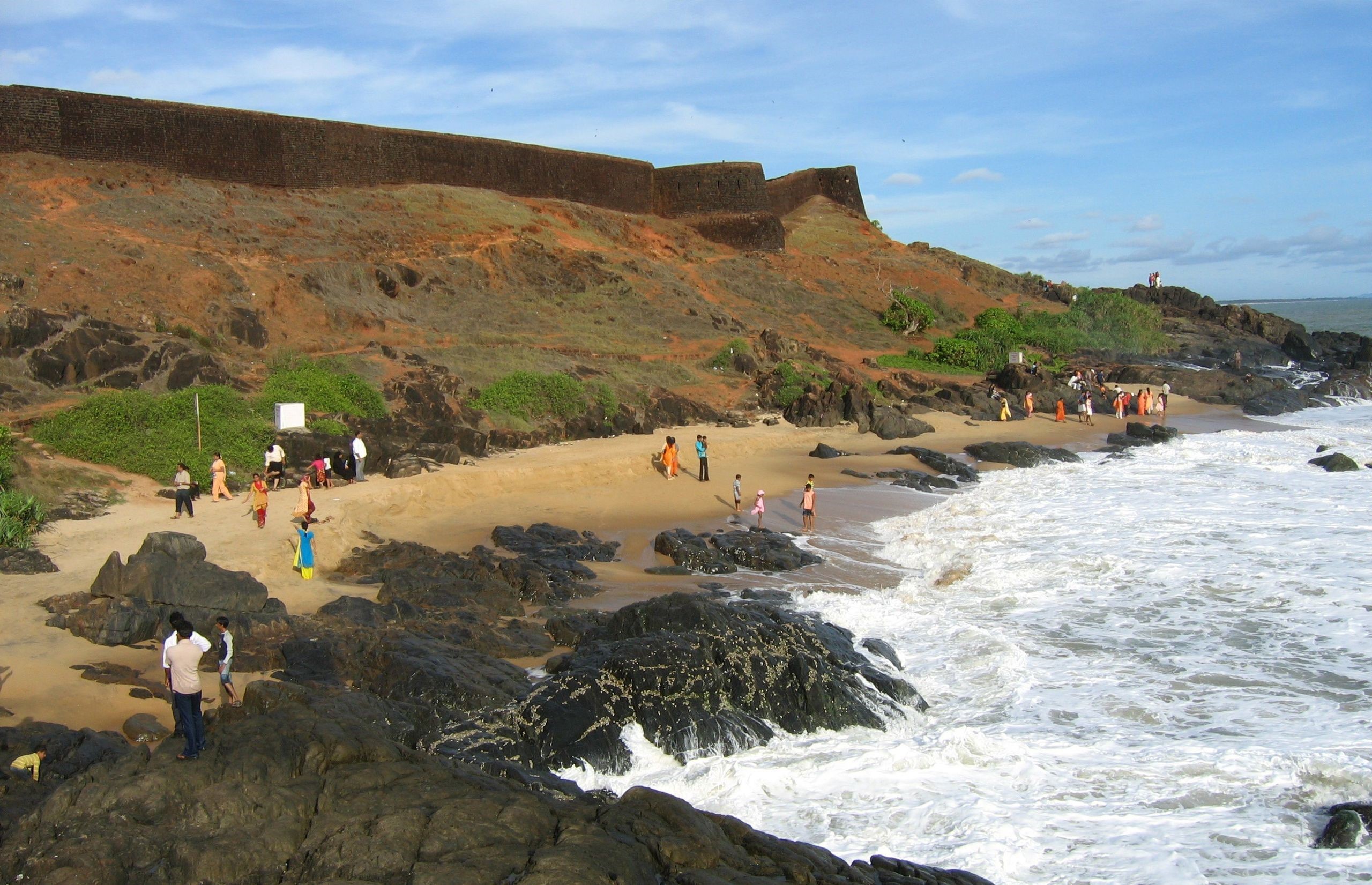Free Courses Sale ends Soon, Get It Now


Free Courses Sale ends Soon, Get It Now



Disclaimer: Copyright infringement not intended.
Context
First public sector caravan park in Kerala to come up at Bekal.
Details
Architectural Marvel
Historical Significance
Defensive Strategy
Historical Journey
Tourism and Cultural Significance
Tourism Development
Cinematic and Artistic Recognition
Conclusion
Bekal Fort stands as an architectural masterpiece, a historical treasure, and a thriving tourist attraction that beckons visitors to explore its rich history and breathtaking surroundings. It serves as a living testament to the enduring legacy of Kerala's maritime heritage and its cultural diversity.
|
PRACTICE QUESTION Q. Which ruler is credited with the construction of Bekal Fort in Kerala, India? a) Shivaji Maharaj b) Shivappa Nayaka c) Tipu Sultan d) Krishnadevaraya Answer: b) |
© 2024 iasgyan. All right reserved